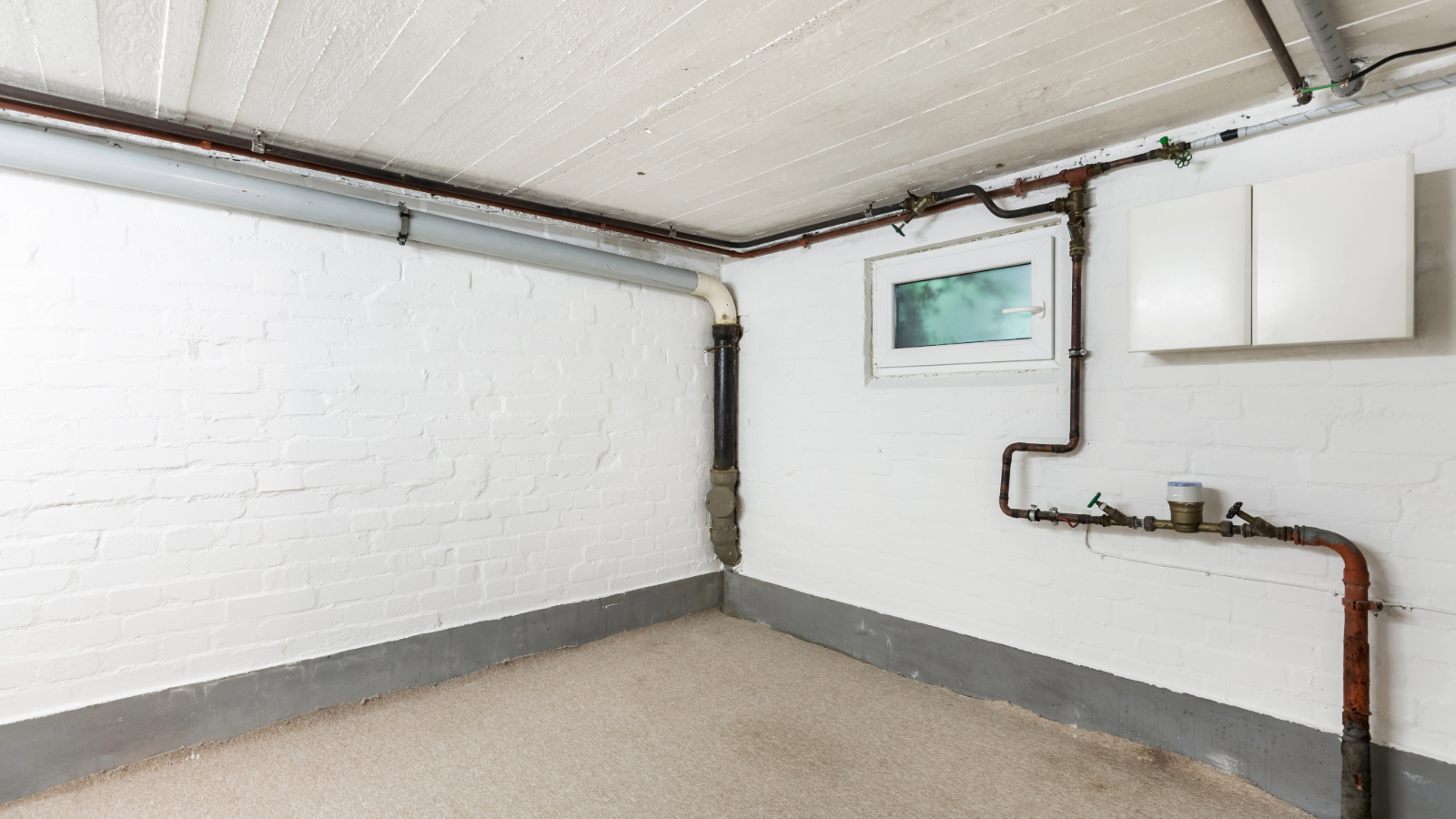What is a combination microwave and why do I need one?
You may have heard of them, but just what is a combination microwave? We take a look at how they work and what they cost to help you decide whether your kitchen could benefit from one
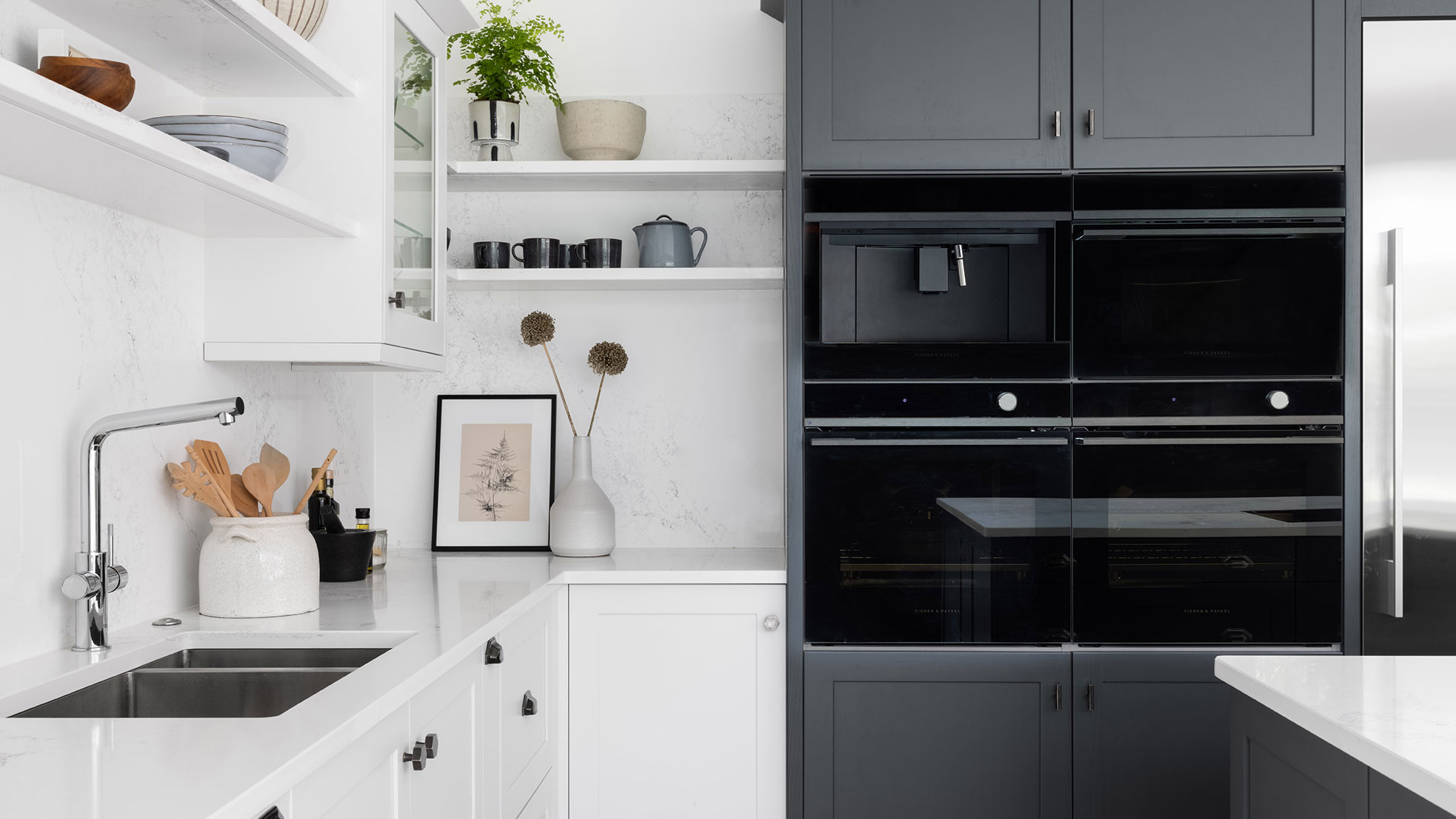
Exactly what is a combination microwave? With so many new and ingenious kitchen appliances being launched onto the market all the time, it can be hard to tell those that are truly worth including when designing a kitchen apart from those that are nothing more than flash-in-the-pan worktop-guzzling gimmicks.
The world of ovens has really seen some amazing developments in recent years and there is now so much choice for homeowners looking to upgrade their kitchens that it can be a little mind-blowing. From ovens that clean themselves to those that have food ready and waiting for you when you return home from a long day out, there really is something for every kind of cook.
Here, we take a look at combination microwaves, explaining what they can offer you that other types of ovens can't and giving you information on their pros, cons and costs.
What is a combination microwave?
There are many types of cooker available to homeowners these days, from huge range cookers to sleek built-in models — but despite all this choice, many people still opt to include the good old microwave into their kitchen plan.
Microwaves make short work of reheating leftovers, defrosting anything you have forgotten to take out of the freezer earlier in the day and can be a godsend for those with small children who might need feeding fast.
There are now many different types of microwave so understanding what is what will help you choose which one is right for your needs.
Microwaves work using radiation — while standard ovens use a heating element to heat the air inside the oven cavity. On a very basic level, microwave ovens generate 'microwave radiation'. These 'microwaves' are contained within the solid metal walls of the microwave oven and are absorbed by the water molecules in food. The energy from the microwaves makes the water molecules vibrate really quickly which, in turn, heats the food fast.
Now you have a simple understanding of how a 'solo' microwave cooks food, you may well be wondering how a combination microwave is any different.
Bring your dream home to life with expert advice, how to guides and design inspiration. Sign up for our newsletter and get two free tickets to a Homebuilding & Renovating Show near you.
Like a microwave oven, combination – or combi – microwaves can use microwaves to cook food. However, they can also use fanned and convection hot air when required (for grilling, roasting and baking). In addition, some models can also air fry or steam food — a great, healthy way to cook.
"The combination microwave is a versatile kitchen appliance that offers a range of cooking options in a single device,"explains Luke Shipway, product manager at Caple. Unlike a solo microwave, which only allows for the microwave function to be used as a single isolated cooking method, a combination microwave lets you combine microwave cooking with other cooking methods such as grill or fan cooking. This means that you can enjoy fast, efficient cooking with the added benefit of being able to brown or crisp food using traditional hot cooking methods. With a combination microwave, you can explore new recipes and experiment with different cooking techniques without having to invest in multiple appliances."
Some top models will allow you to select 'multi-stage cooking' where you can set them to operate in a sequence, for example to defrost, microwave then grill a meal for a crispy finish.
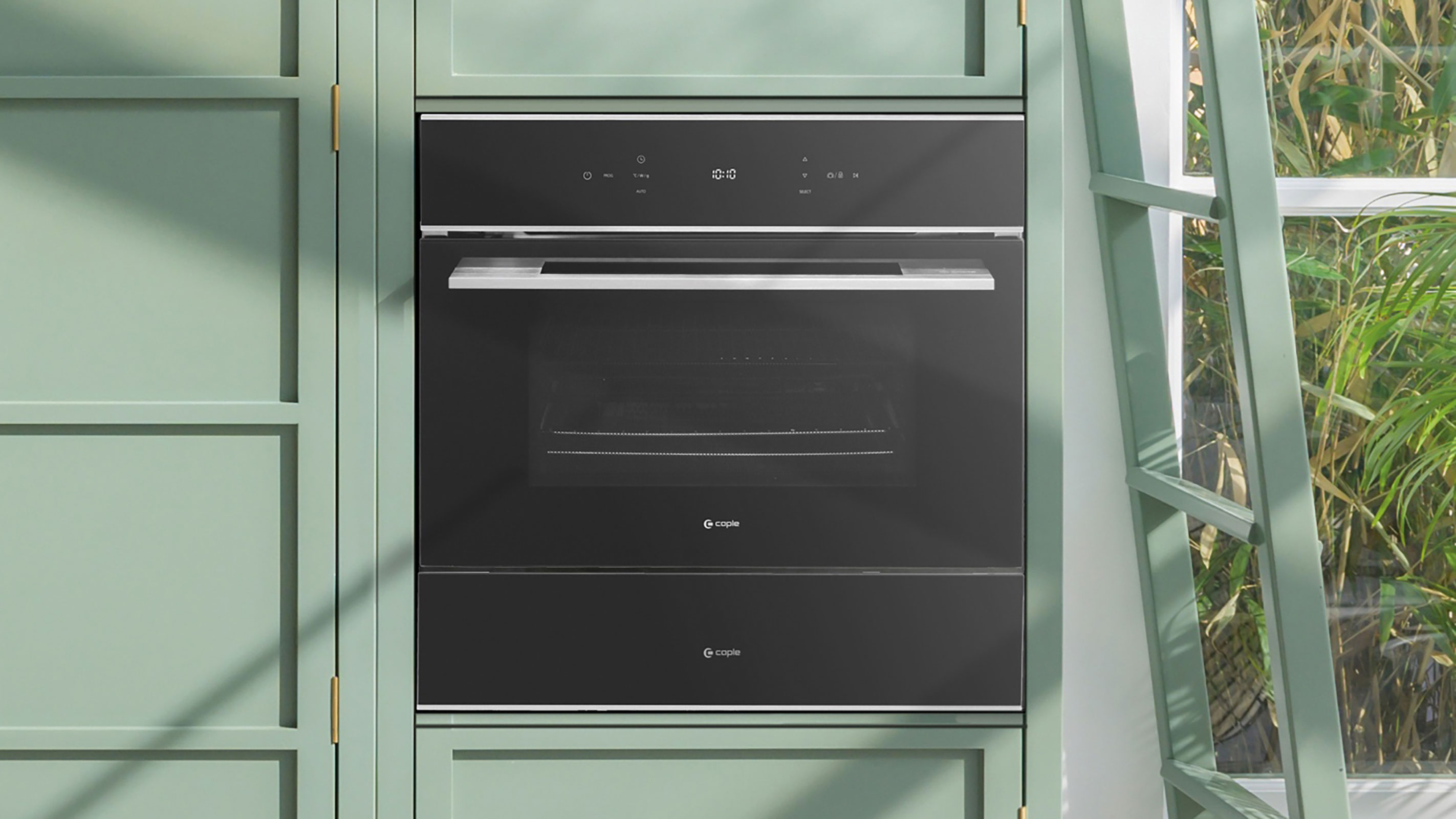
How big are combination microwaves?
Combination microwaves can be freestanding or built-in and come in a range of sizes. However, you should know that they do tend to be bigger than standard microwaves and don't forget that you will also need to leave space above and behind for ventilation. The amount of ventilation required will vary depending on the model but it is likely to be more than you would require for a solo microwave due to the large amounts of hot air expelled from them.
The amount of clearance space varies from between 3-15cm at the rear and 7-30cm above.
That said, they obviously take up much less space than a conventional cooker or oven and so are ideal for those after small kitchen ideas where they can take the place of many appliances in one handy unit.

Are combination microwaves expensive?
Combination microwaves do tend to be more expensive than standard microwaves although some of the more basic freestanding models offering just microwave, grill and convection settings can be picked up for around £160. Solo microwaves start at around £55.
At the very top end of the market lie built-in models that look fantastic when slotted into a run of other matching built-in appliances, such as ovens and coffee machines. These can cost well over £1,000 but offer benefits such as smart technology that allows you to control them using an app on your phone and many different cooking modes, including steam.
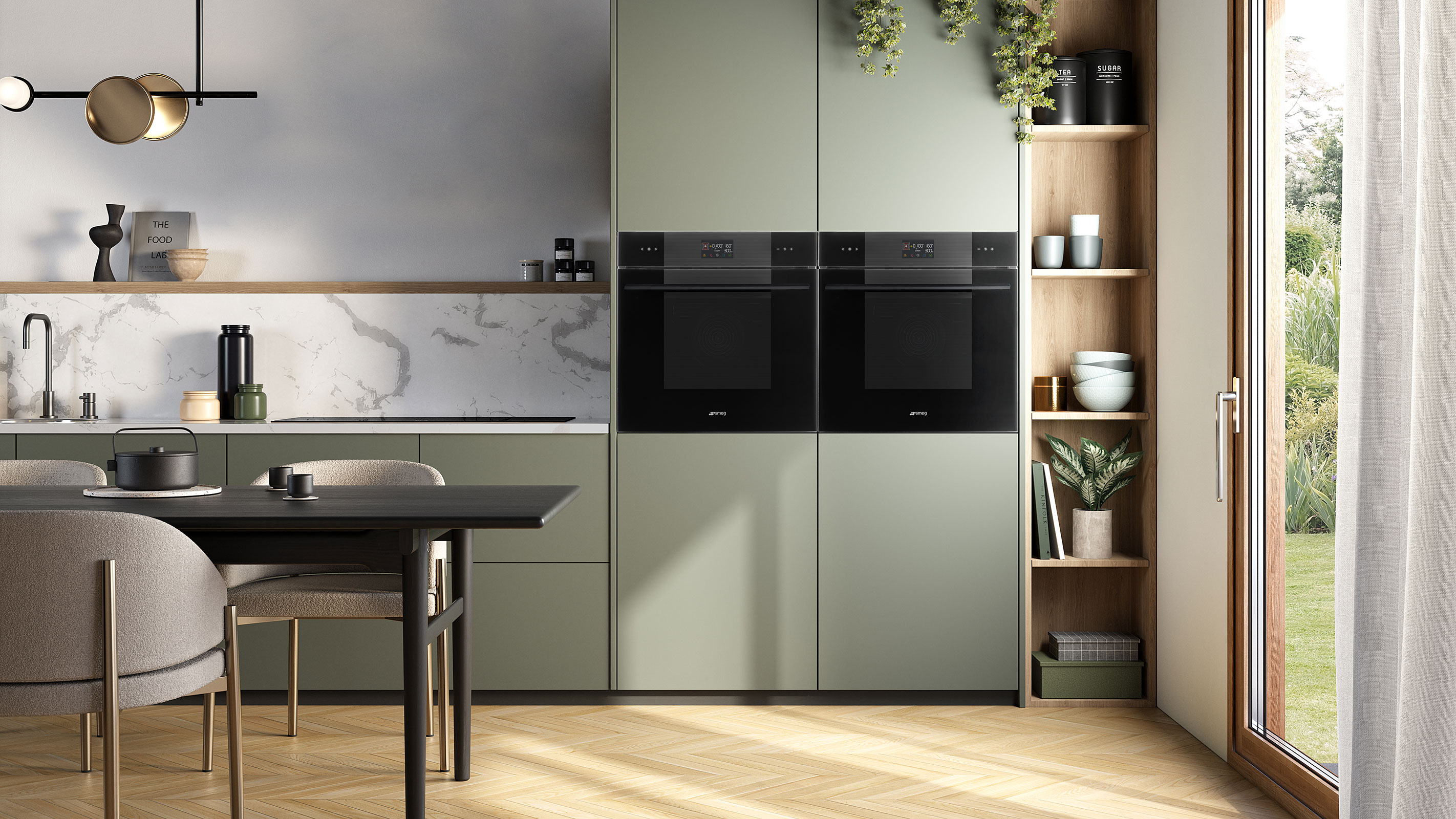
Is it cheaper to use a combination microwave than an oven?
In general, yes, due to the reduced cooking times offered by this kind of oven, a combi microwave will be cheaper to run than an oven or hob. In order to work out how much your particular model will be to run you simply need to multiply its power rating in kW by the time you leave the appliance on for.
For example, if your model had a maximum wattage of 900W using the microwave setting and you were to run it for five minutes you would carry out the following calculation:
0.9 x 5 = 4.5
You would then divide this by 60 (the number of minutes in an hour) to get 0.075kWh. You then multiply this figure by the cost of your electricity. Currently the average unit cost of electricity is 34p/kWh (0.34) which would mean running costs of just over 2p for five minutes of use.
Of course things change a little when you have a large meal to cook — in a standard oven, with lots of shelves, you can cook lots of foods at once, for example, your roast chicken, potatoes and vegetables as opposed to having to cook them all separately, which makes more sense from a cost point of view.
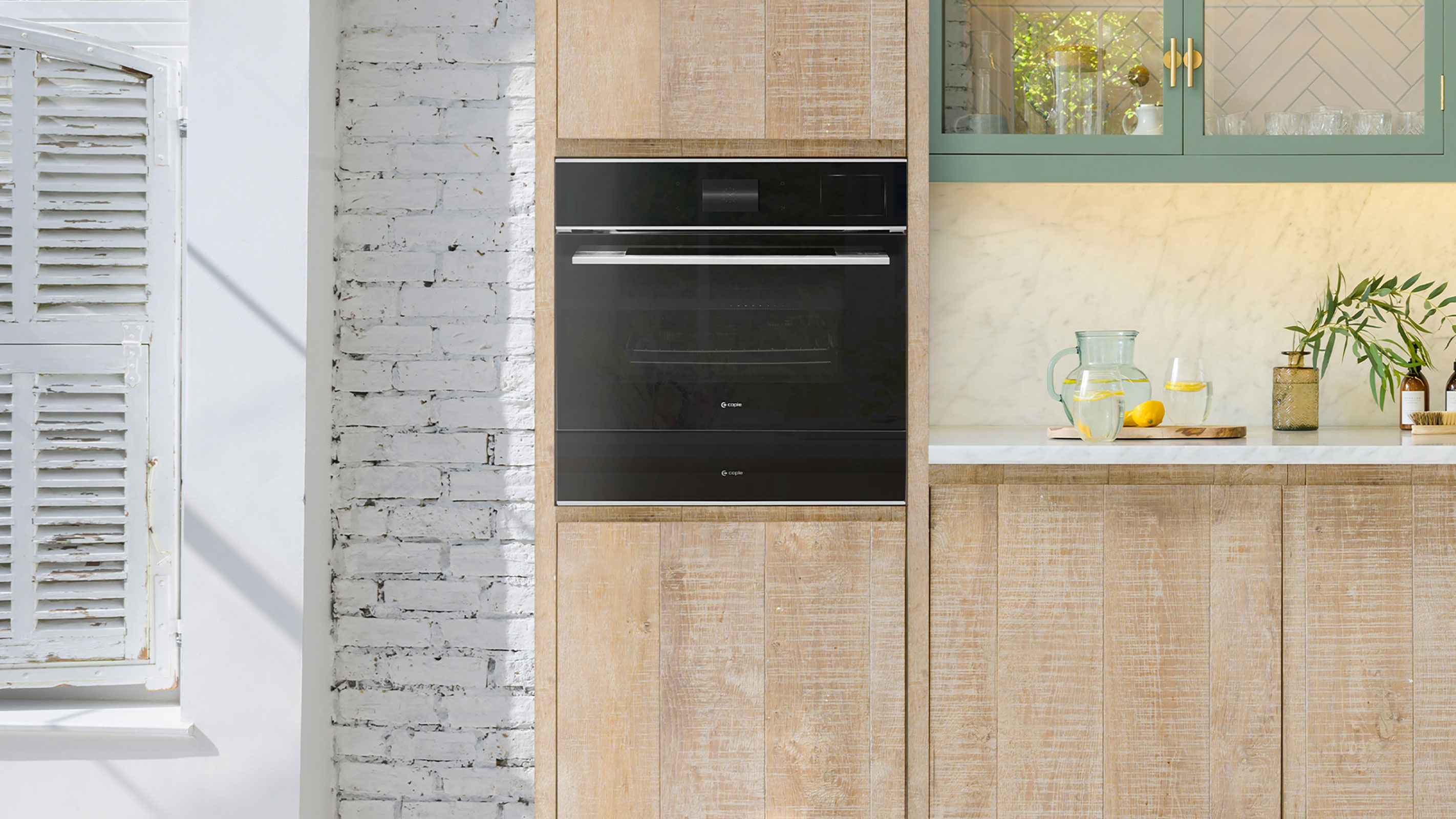
Pros of a combination microwave
- Take up less space than a conventional cooker
- Offer many different cooking methods in one unit
- Can look super sleek when built-in
- Are energy efficient (providing you choose one with a good energy rating)
Cons of combination microwaves
- More expensive than solo microwaves
- Take up more space than solo microwaves
- Smaller capacity than a standard oven
Natasha was Homebuilding & Renovating’s Associate Content Editor and was a member of the Homebuilding team for over two decades. In her role on Homebuilding & Renovating she imparted her knowledge on a wide range of renovation topics, from window condensation to renovating bathrooms, to removing walls and adding an extension. She continues to write for Homebuilding on these topics, and more. An experienced journalist and renovation expert, she also writes for a number of other homes titles, including Homes & Gardens and Ideal Homes. Over the years Natasha has renovated and carried out a side extension to a Victorian terrace. She is currently living in the rural Edwardian cottage she renovated and extended on a largely DIY basis, living on site for the duration of the project.

